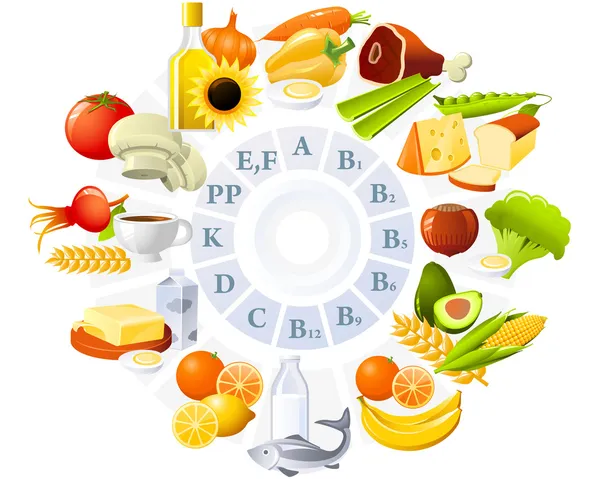Pheynlketonuria
Pheynlketonuria is a disorder in which the body lacks the enzyme phenylalanine hydroxylase to convert the essential amino acid phenylalanine into tyrosine. Thus, creates a severe build up of phenylalanine. PKU stands for Phenylketonuria, and it is an extremely rare disorder. PKU causes: problems with brain health, delayed social skills, seizures, and retardation. While living with PKU you must avoid eating several foods, such as meat, chicken, fish, eggs, nuts, cheese, and milk. While starches such as, potatoes, bread, pasta, and corn have to be eaten in moderation.
Scurvy
Vitamin C, that's right for me! Vitamin C is very essential to your overall health. But lack of vitamin C can lead to Scurvy. Scurvy is a nasty disorder that leaves its victims with weak gums, pale/weak skin, and rashes. The minimum amount of vitamin C required to prevent Scurvy is 10 mg. Also, through experiments with humans around the time of world war 2, scientists were able to use varying amounts of vitamin C to determine the RDI of vitamin C. Their conclusions were, that for a person to remain healthy needed to intake 45-60 mg of Vitamin C a day(RDI). To get this vitamin C, just find a citrus fruit and it should be packed with the essential vitamin.
Protein Deficiency Malnutrition
Protein is lean, and mean (but good for you too). Protein Deficiency Malnutrition is a condition where the human body doesn't ingest the essential amino acids (amino acids the body cannot create on its own) it needs . When the human body lacks these nutrients the homeostasis of the body is thrown off. One of the symptoms of this disorder is Edema (swelling of different areas due to lack of protein pumps/water build up). Kwashiorkor is one of the more widely known protein disorders. Kwashiorkor is predominantly in poor african people. Other health risks are weak muscles, heart problems, and fluctuation in weight. Meat, chicken, fish, eggs, nuts, cheese, and milk could be viable food options the help this disorder. The deficiency can be prevented if the proper essential amino acids are ingested into the body.
-Great article and video on importance on vitamin supplements, to prevent some deficiencies.
-Interesting article on how children who are malnourished could become aggressive in older age.

































